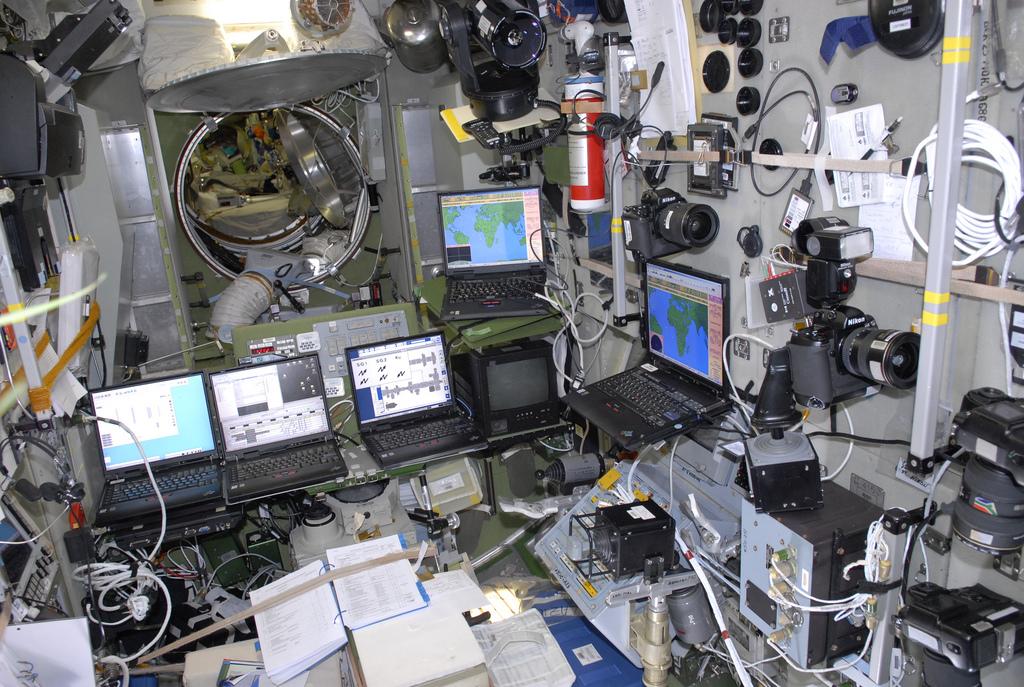Space ground station equipment refers to communication systems that enable the operation and control of satellites. They include tracking and telemetry antennas, RF feeds, frequency converters, modems, and antennas for tracking satellites in orbit. Space ground station equipment help monitor and control satellites, receive and transmit data, regulate satellites' position and orientation, and detect and correct errors. Growing demand for high-speed internet access and digital infrastructure is propelling satellite network expansion programs. Satellite technologies support various applications like television broadcasting, weather forecasting, scientific research, navigation, and communication.
The global space ground station equipment market is estimated to be valued at US$ 9,242.84 Mn in 2023 and is expected to exhibit a CAGR of 15% over the forecast period 2023 to 2030, as highlighted in a new report published by Coherent Market Insights.
Market Dynamics:
One of the major drivers boosting the space ground station equipment market growth is the increased number of satellite launches globally. Satellite systems serve as backbone infrastructure for telecommunication, internet connectivity, navigation, earth observation, and other space applications. As per NASA, over 8,000 satellites have been launched into orbit since 1957 at an average rate of over 100 launches per year. Several countries are developing advanced satellite constellations to provide global internet access. For instance, SpaceX’s Starlink aims to launch 42,000 small satellites to deliver high-speed internet using low earth orbit satellite technology. Growing demand satellite-based mobile backhaul and 5G networking is also positively impacting market growth. However, high costs associated with establishing satellite ground stations and recurring operational expenses may restrain the market to a certain extent over the forecast period.
SWOT Analysis
Strength: The space ground station equipment market has high growth prospects. With advancements in satellite technologies, the demand for ground station equipment has increased substantially. Many government space agencies and private companies are investing heavily in satellite connectivity solutions which is driving demand for supporting ground infrastructure. The market has huge potential for revenue generation over the coming years.
Weakness: The market faces challenges related to high initial investment costs and regulatory compliances. Setting up ground stations involves very high capital expenditure which acts as a barrier for new entrants. Additionally, the sector has to adhere to stringent rules and policies of national space regulatory authorities which increases compliance burden.
Opportunity: Growing applications of satellite data across various industries offer lucrative opportunities. Demand from sectors like defense, agriculture, utilities, media & entertainment for satellite-based services is on the rise. This expanding scope of downstream applications will fuel requirements for upgrading ground station infrastructure. Moreover, remote sensing data finds increasing utilization which may open new commercial avenues.
Threats: Technology disruptions present a challenge. Adoption of new satellite connectivity platforms like Low Earth Orbit (LEO) constellations and software-defined satellites threatens the investments made in legacy infrastructure. Additionally, geopolitical risks associated with the space sector affects market prospects to some extent.
Key Takeaways
The Global Space Ground Station Equipment Market Size is expected to witness high growth over the forecast period of 2023-2030. This can be attributed to increasing satellite launches as well as rising demand for earth observation data across various commercial and government applications. The global space ground station equipment market is estimated to be valued at US$ 9,242.84 Mn in 2023 and is expected to exhibit a CAGR of 15% over the forecast period 2023 to 2030.
Regional analysis shows that North America currently dominates the market with the largest share. The region is home to leading space agencies like NASA as well as private space companies such as SpaceX, Blue Origin etc. Additionally, high defense spending on satellite connectivity programs provides an impetus. Asia Pacific is expected to be the fastest growing regional market, driven by aggressive indigenization initiatives of countries like China, India to develop their satellite programs. Japan too is expanding its space infrastructure capabilities through JAXA.
Key players analysis shows that companies like Space Systems Loral, COMTECH Telecommunications, GILAT SATELLITE NETWORKS, Terrestar Corporation, Viasat Inc., L3Harris Technologies, General Dynamics Mission Systems, Inc., ND SatCom GmbH etc. are some of the prominent vendors operating in the space ground station equipment market. These players are focused on developing innovative products as well as partnering with satellite operators and end-use industries to strengthen their presence. Startups too have begun offering competitive solutions.
Explore more information on this topic, Please visit-
Explore more trending article related this topic-
https://shoutingstars.com/automotive-embedded-systems-future-of-in-vehicle-technology
